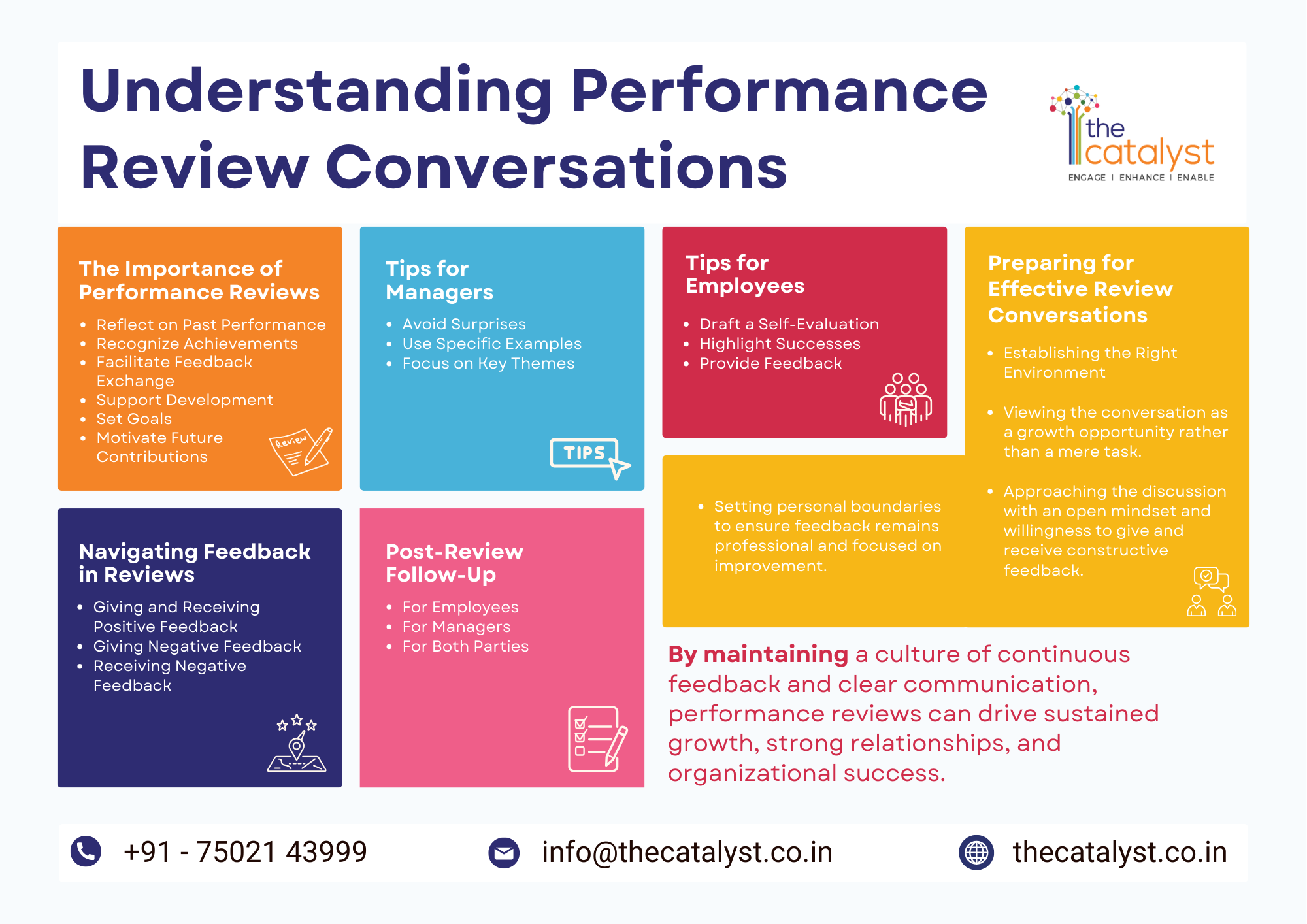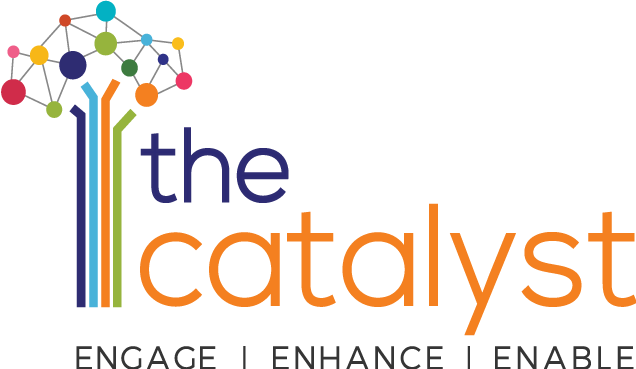
Performance review conversations are formal discussions between a manager and their direct report that focus on the employee’s performance, contributions to the business, and areas for growth. Typically conducted once or twice annually, these conversations are vital to fostering alignment, recognizing employee achievements, and promoting professional development.
While these reviews are indispensable for individual and organizational success, they often require considerable effort and may involve challenging discussions. However, when handled effectively, they can significantly enhance employee development and reinforce manager-employee alignment.
The Importance of Performance Reviews
Performance review conversations are crucial because they:
Reflect on Past Performance: These discussions provide an opportunity to evaluate an employee’s accomplishments and identify areas for improvement over the review period.
Recognize Achievements: Managers can celebrate employee successes and acknowledge significant contributions.
Facilitate Feedback Exchange: Regular feedback is vital, but only a fraction of employees report receiving it frequently. Performance reviews provide a structured opportunity for managers to share constructive and positive feedback.
Support Development: Managers can discuss career aspirations with employees, identify skill gaps, and outline development plans to help them achieve their goals.
Set Goals: These meetings are a chance to establish future objectives and expectations, ensuring alignment and driving performance.
Motivate Future Contributions: A well-executed performance review fosters open communication, motivates employees, and aligns them with organizational goals.
Despite the effort involved, performance reviews are comparable to regular workouts: they may seem daunting initially, but their long-term benefits make the effort worthwhile.
Preparing for Effective Review Conversations
To maximize the value of performance review conversations, preparation is key. Both managers and employees must come ready to engage constructively. This involves:
- Establishing the Right Environment
- Viewing the conversation as a growth opportunity rather than a mere task.
- Approaching the discussion with an open mindset and willingness to give and receive constructive feedback.
- Setting personal boundaries to ensure feedback remains professional and focused on improvement.
Tips for Managers
Avoid Surprises: Feedback should be ongoing throughout the year to allow employees to adjust as needed, rather than waiting until the review period ends.
Use Specific Examples: Cite concrete instances to avoid generalized language that might put employees on the defensive.
Focus on Key Themes: Highlighting a few central areas ensures employees have realistic improvement goals.
Tips for Employees
Draft a Self-Evaluation: Reflect on your performance, share achievements, and identify areas for growth.
Highlight Successes: Be prepared to discuss accomplishments and how they were achieved.
Provide Feedback: Use the opportunity to share constructive suggestions for your manager to enhance support and collaboration.
Navigating Feedback in Reviews
Giving and Receiving Positive Feedback
Positive feedback builds morale and motivates employees. Effective strategies include:
- Actively listening to understand and validate the other party’s perspective.
- Balancing constructive criticism with specific, actionable praise.
- Using feedback from peers to add different viewpoints.
- When receiving positive feedback, respond graciously and ask follow-up questions to understand strengths better and identify areas for further improvement.
Giving Negative Feedback
When delivering critical feedback, managers should:
- Use specific examples and avoid hyperbolic statements.
- Frame feedback with “I feel” statements to reduce defensiveness.
- Keep the focus on future improvement rather than past mistakes.
- Receiving Negative Feedback
- Employees can make the most of critical feedback by:
- Viewing it as an opportunity for growth.
- Managing their emotional reactions to remain receptive.
- Asking clarifying questions to address discrepancies and understand expectations.
Post-Review Follow-Up
To ensure the performance review has lasting impact, both managers and employees should engage in ongoing follow-up. This includes:
For Employees: Reflecting on feedback, identifying priorities for improvement, and seeking additional context where necessary.
For Managers: Summarizing key points from the review, providing written records, and sharing feedback with HR for process improvement.
For Both Parties: Agreeing on two to three focus areas for development, setting SMART goals, and scheduling regular check-ins to track progress.
By maintaining a culture of continuous feedback and clear communication, performance reviews can drive sustained growth, strong relationships, and organizational success.






